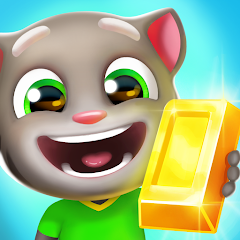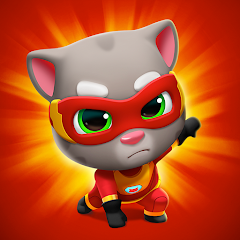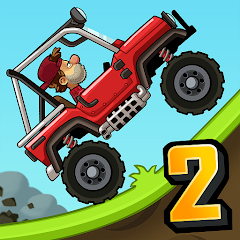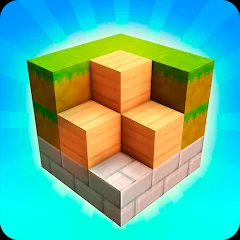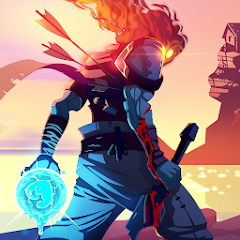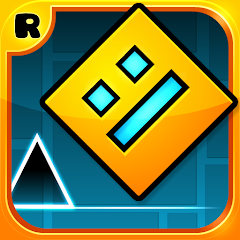
Geometry Dash

Fluvsise - A Fluff to Luv

Snake.io - Fun Snake .io Games

Pokémon Unite
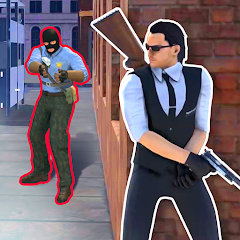
Agent Hunt - Hitman Shooter
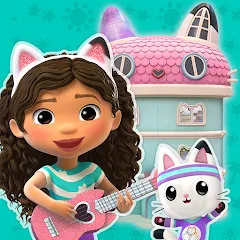
Gabbys Dollhouse: Games and Cats
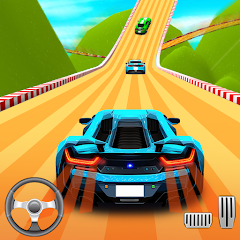
Car Race 3D: Car Racing

Super Meat Boy Forever

Dark War Survival

Stumble Guys
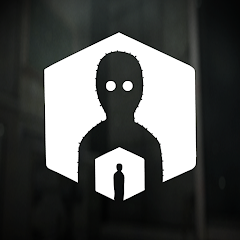
The Past Within
ScreenShots
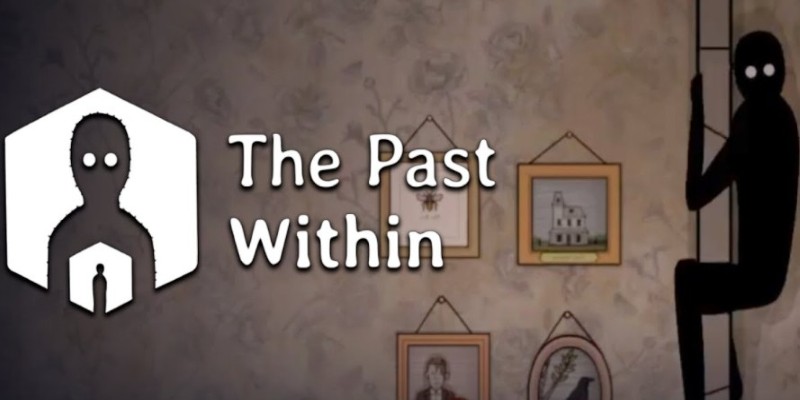
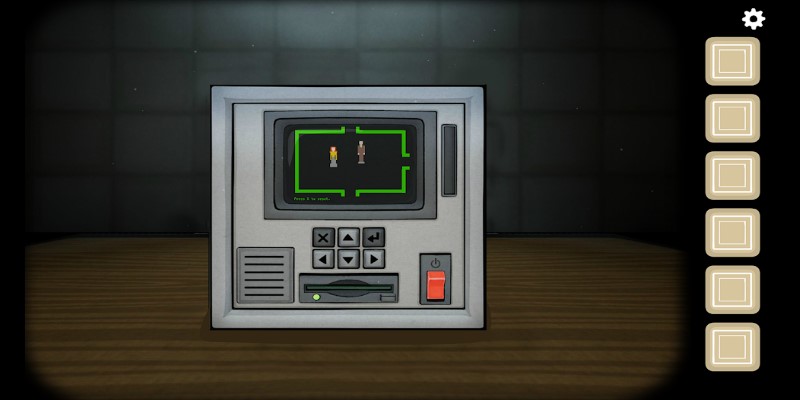
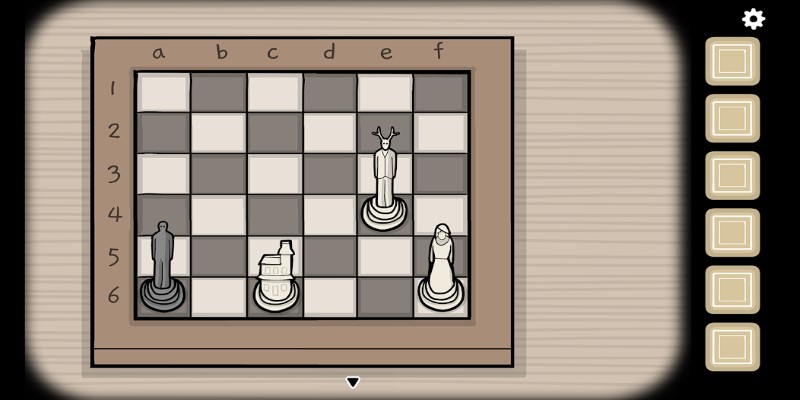
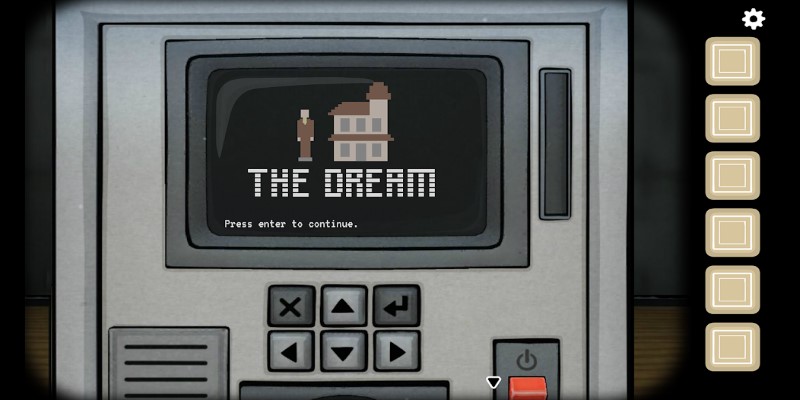
Editor Reviews
The Past Within isn't just another puzzle game. It asks two players to work together—across time. One person plays in the past, the other in the future. You don't see what your partner sees. You just talk. You describe. You try to make sense of strange codes, drawings, and sounds. What you do in your timeline affects the other player's timeline. It's not about solving your puzzle but about helping someone else solve theirs. And you need them just as much as they need you.

The gameplay is short but sharp. Each session lasts approximately an hour, depending on how quickly you can discuss what you see and what you need. No filler. No guesswork. The puzzles feel connected and intentional, as if they were built to be shared. Even when you hit a snag, it doesn't feel frustrating—it just feels like your partner might be missing something, or you are. The voice chat matters. It's built for real communication, not silent play.
It's a rare co-op game that doesn't require matching skills or fast reflexes—just communication and patience. The whole setup encourages paying attention, not to the screen, but to your partner's voice. You're not just solving for yourself; you're trying to make sense of what someone else is describing and helping them do the same.

Each chapter is designed with clarity. No padding. The puzzles are smart without being overwhelming and always feel part of something larger. Switching roles in the second round offers a fresh angle, not just a repeat. And while the game is short, it leaves you feeling that the time you spent mattered.
How to Play?
Step 1: This is a two-player game. You and a friend need separate devices. One plays in the past, the other in the future. Communication is required throughout.
Step 2: Choose your roles and make sure both players start at the same time. You won’t see the same things, but your clues will help each other.

Step 3: As you progress, you’ll face puzzles only your partner can help you solve. For example, you might need a code from their room to unlock a box in yours.
Step 4: Speak clearly and describe what you see. Some clues involve shapes, sounds, or symbols. Taking notes helps if things get too detailed.
Step 5: New puzzle sections open as you finish previous ones. Look for buttons, dials, levers, and strange machines. These all affect your partner’s side.
Step 6: Don't rush. Each side contains half of the story. Listen carefully to what your partner tells you. You can switch roles later and replay the game at any time.

Step 7: When both players have finished their tasks, the story concludes. It only saves complete progress, so make sure you finish in one session if possible.
Download for App
Ratings
Disclaimer
2 . Gamekudo provide screenshots, historical version Apk, links and other information, which we collected fromGoogle Play. we will also add our own reviews to providechoose
3 . All trademarks,registered trademarks, product names and company names or logos appearing on the siteare the property of their respective owners.
4 . Gamekudo abides by the federal Digital Millennium copyright Act (DMCA) by responding to notices of alleged infringement that complies with the DMcA and other applicable laws.
5 . We guarantee the security of apk files downloaded from our site and also provide the official download linkat Google Play Store and App Store.
6 . lf you are the owner or copyright representative and want to delete your information, please contact [email protected]
7 . All the information on this website is strictly observed all the terms and conditions of Google Ads Advertisingpolicies and Google Unwanted Software policy.



